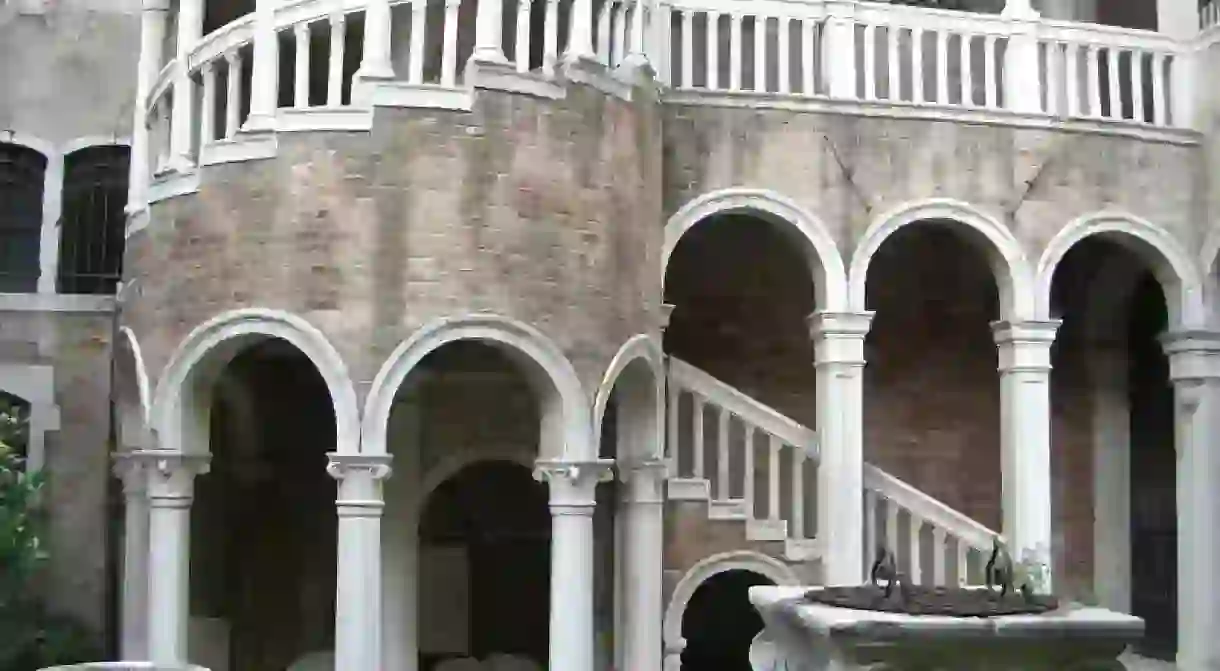The Most Beautiful Buildings in Venice, Italy

Everywhere you turn in Venice, you’ll see another lovely church, another picturesque alleyway and another marble palace opening up to the canal. The city is haphazard and labyrinthine, full of intimate spaces and intricate ornamentation. Here are a few of the most stunning examples of Venetian ingenuity.
Santa Maria dei Miracoli

Built between 1481 and 1489, this is a jewel-box of a church decked out in polychrome marble both on the outside and inside. It’s all gloriously lavish, inspired by some High Renaissance ideas but combined with the Venetian love of patterns and colors. It is one of the few churches in Venice that’s designed, built and decorated by just one artist and his workshop all at once, so it’s particularly harmonious. It houses a miraculous icon of the Madonna and Child, a tiny and beautiful altarpiece in a tiny and beautiful church.
Scuola Grande di San Marco

The current hospital of Venice is housed behind the facade of this lovely confraternity building. Much like the Miracoli church, it combines Florentine Renaissance characteristics with the Venetian love of ornate decoration. A little detail that is especially loved are the shallow reliefs on either side of the two entrances, which create a masterful illusion of receding space.
Palazzo Contarini del Bovolo

This unique palace is called “bovolo,” or “snail,” for the spiral staircase that adorns its facade, leading from the ground level all the way up to an arcaded terrace with an amazing view of the city. It’s known for starring in the Orson Welles adaptation of Othello.
Basilica di San Marco

The first version of this church was built all the way back in 828, when the relics of St. Mark were plundered by Venetians from Alexandra. This domed church was built in the 11th century and it is a glittering patchwork of precious things, a magpie’s nest of beautiful parts. The facade’s mismatched columns, the sculpture of the tetrarchs, and even the horses mounted on the top of the church are all spoils of war, stolen from Constantinople. The interior is equally stunning, a heady mix of Byzantine mosaics and polychrome marble.
Palazzo Fortuny

This Palazzo belonged to the famous Mariano Fortuny, who was an artist as well as a fashion designer and maker of fine fabrics. This was his atelier and the home of his collections and it now hosts art exhibitions regularly. If you visit, you’ll get a peek into the life of an artist in 19th and 20th century Venice.













